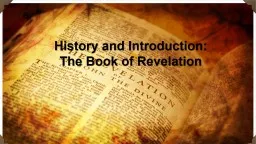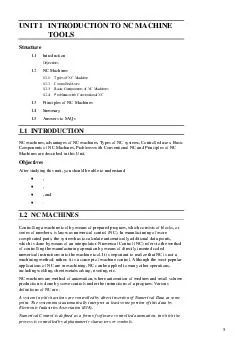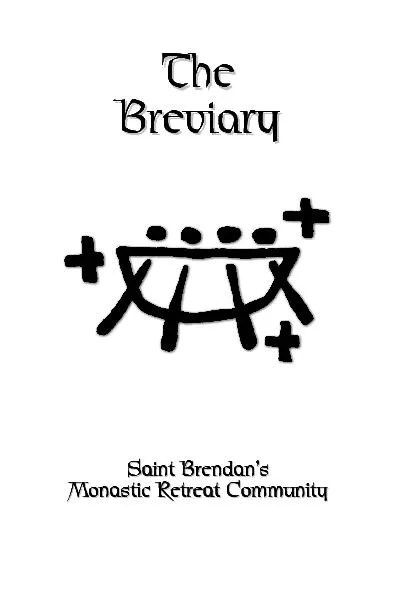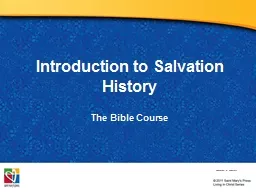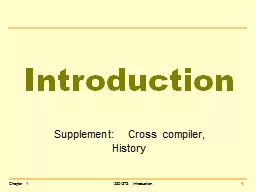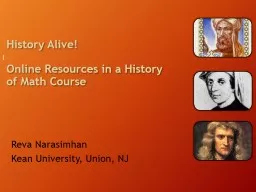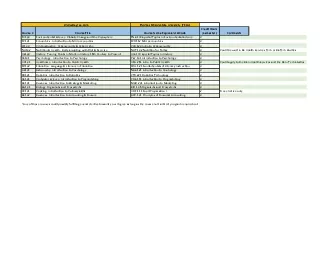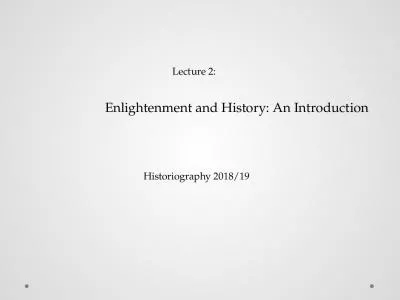PPT-History and Introduction
Author : tawny-fly | Published Date : 2017-04-15
The Book of Revelation January 6 2016 Vision of Jesus and Seven letters to seven churches 13 47 Throne of God amp Scroll with seven seals 811 Seven trumpets
Presentation Embed Code
Download Presentation
Download Presentation The PPT/PDF document "History and Introduction" is the property of its rightful owner. Permission is granted to download and print the materials on this website for personal, non-commercial use only, and to display it on your personal computer provided you do not modify the materials and that you retain all copyright notices contained in the materials. By downloading content from our website, you accept the terms of this agreement.
History and Introduction: Transcript
Download Rules Of Document
"History and Introduction"The content belongs to its owner. You may download and print it for personal use, without modification, and keep all copyright notices. By downloading, you agree to these terms.
Related Documents

